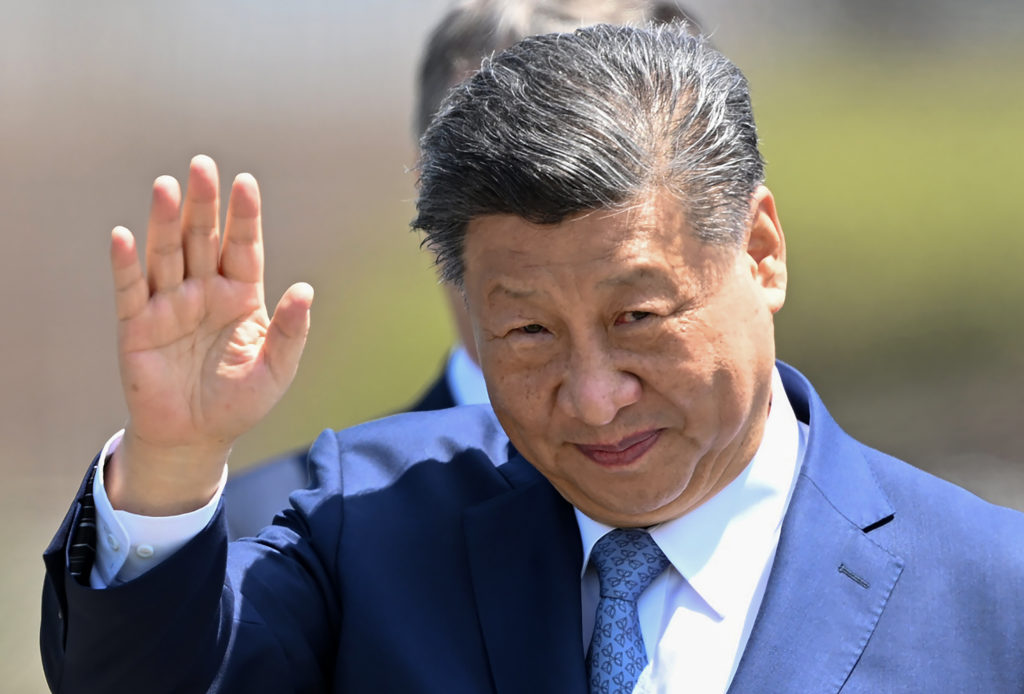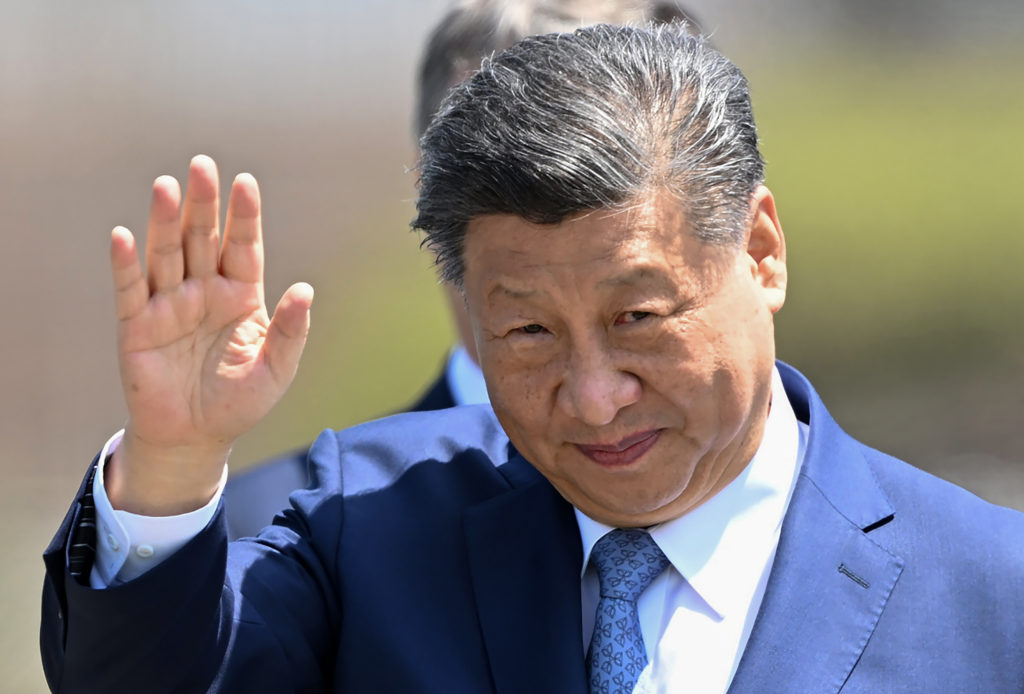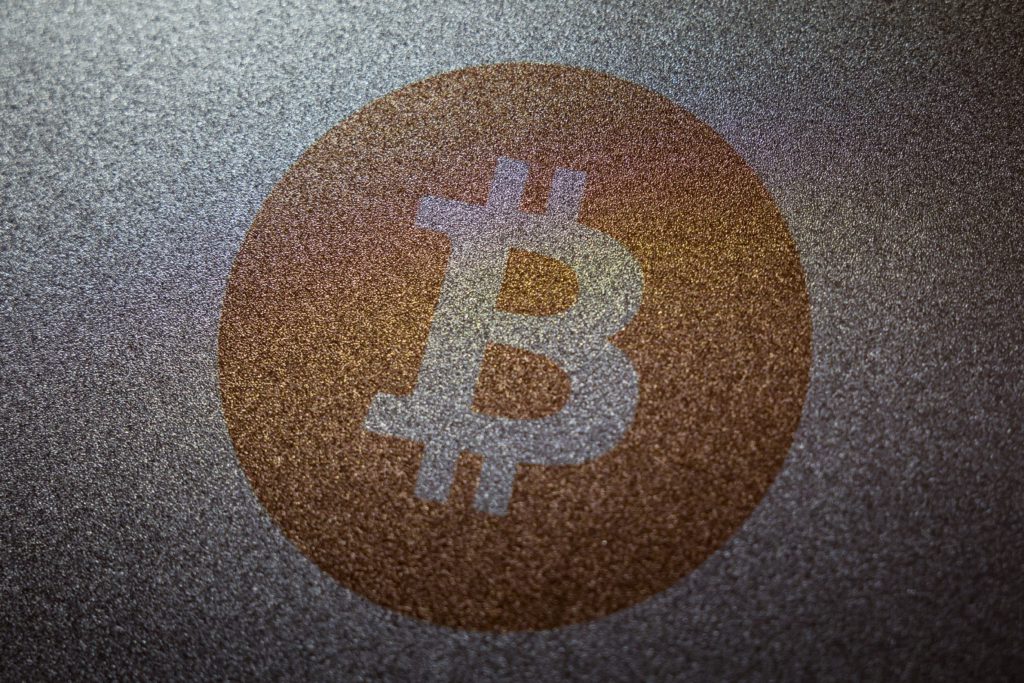Wall Street has grown nervous as the Federal Reserve is set to make its biggest rate hike in more than two decades to crush inflation that has reached levels not seen since the 1980s.
The central bank’s policy setting Federal Open Market Committee (FOMC) opened the final session of its two-day meeting on Wednesday and is seen as certain to announce a half-percentage point rate hike, which would have repercussions for car loans, mortgages and business credit.
The increase would take the key borrowing rate above 0.75 percent after sitting at zero from the start of the pandemic through 2021, even as inflation picked up speed.
The expected move is part of what the Fed has billed as a tightening cycle likely to continue throughout this year and into 2023, with the goal of taking the steam out an inflation wave that has pushed consumer prices to the highest levels in four decades, far above the Fed’s two percent target.
The US central bank hiked rates by a quarter percentage point in March, the first increase since 2018, but top officials including Fed Chair Jerome Powell have said officials will move quickly and front-load the increases.
While Wall Street sentiment has showed signs of improving this week, the central bank’s hawkish posture played a role in the equity bloodletting seen in recent weeks.
April was the worst month for the S&P 500 since the pandemic, while the Nasdaq’s tech stocks, which are particularly sensitive to higher interest rates, suffered their biggest loss since October 2008.
Shares were mixed in early trading on Wednesday, with the Nasdaq down but the other indices showing modest gains.
The Fed’s goal is to engineer a “soft landing,” reining in inflation but avoiding a contraction in economic activity.
But with China’s pandemic lockdowns worsening global supply snarls and the war in Ukraine pushing commodity prices higher, analysts fear factors beyond the central bank’s control could undermine that goal, and perhaps plunge the world’s largest economy into a recession.
“The Fed’s goal is to avoid a recession and engineer a soft landing, which will no doubt be a challenge,” Rubeela Farooqi of High Frequency Economics said.
She added that central bankers may become more cautious later in the year, and Powell “has shown a willingness to quickly change course, as needed.”
The Fed chief will speak following the FOMC announcement scheduled for 1800 GMT, and could provide more insight into the committee’s thinking.
– Call for caution –
Interest rate hikes are aimed at dampening demand and taking the steam out of consumer prices that rose 8.5 percent over the 12 months to March, the biggest annual jump since December 1981, caused in part by consumers spending more for scarce goods.
Fed officials have signaled they view the economy as healthy enough to withstand higher rates, since unemployment has retreated almost to where it was before the pandemic, and recent data has shown strong consumer and business spending, even though the economy contracted in the first quarter.
However, in addition to the external factors, central bankers cannot engineer a solution for the worker shortages that have challenged businesses and raised fears of a wage-price spiral, when employees demand higher salaries and fuel price increases.
On Wednesday, payroll services firm ADP reported private employers added a weaker-than-expected 247,000 workers in April, a sign that companies are struggling to find available labor, while government data released Tuesday showed there are nearly two openings for every job seeker.
“We don’t know if a recession will be realized; it will depend critically upon what the Fed does and how quickly the Ukrainian situation is resolved,” Robert Eisenbeis of Cumberland Advisors said in a note.
He warned, “Near-term probabilities are not favorable and suggest caution.”
The policy committee is also expected to provide details on the plans for shedding its massive holdings of bonds built up during the pandemic to keep credit flowing through the economy.
That could also unsettle financial markets and act as a brake on activity.











